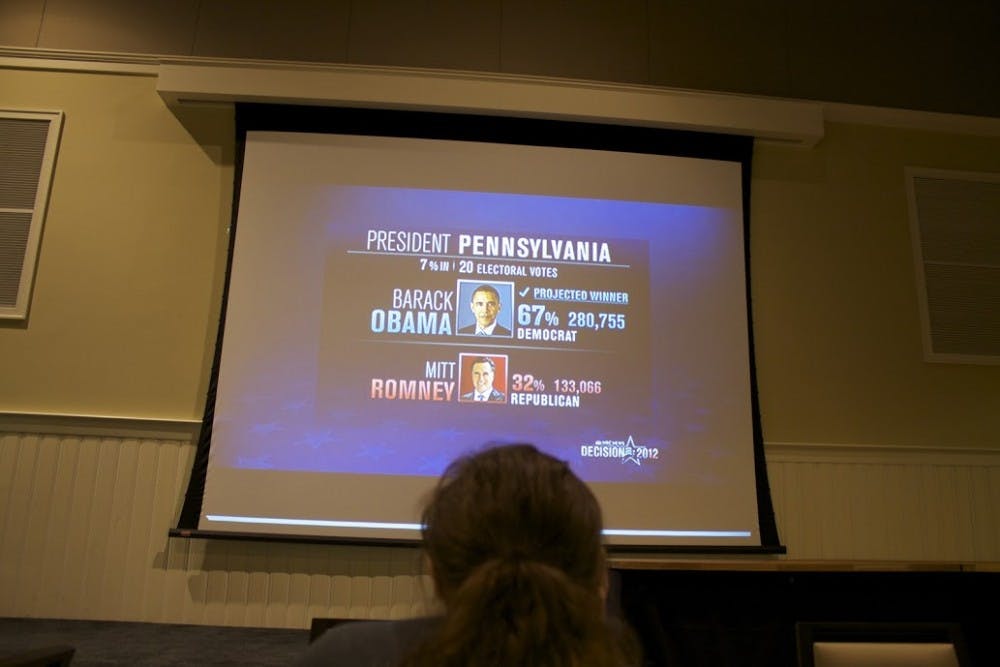Election season is upon us, whether we like it or not, and in a few months it will be up to American voters to decide who we want to run our country.
Whether you’re freshly of voting age and this is your first presidential election or you’re a veteran voter, the voting process can get confusing when you’re miles away from “home.” We’ll help you out with how to register and get your vote in on time.
Are you eligible to vote?
If you are a U.S. citizen who is at least 18 years old, you are allowed to register in the state in which you live. That means you can choose to vote in Oregon using your University of Portland address, or in your home state if that is not Oregon. Out-of-state voters can still vote from Oregon, though, by requesting an absentee ballot.
Not registered yet? You still have time!
In most states, the deadline to register ranges from day-of to 30 days before the election. The deadline to register in Oregon is Oct. 18 either by mail, online or in-person. Find your state’s registration deadline here.
How do I register?
Registration can be done online in just a few minutes if you have a valid driver’s license or state ID, or by mail or in-person if you do not have an ID. Use Oregon’s online registration form or Google your state’s Secretary of State to find its registration form.
Which address should I use to register?
Every state has different residency requirements. In Oregon, you can use your UP address to register for an Oregon ballot, or use your parents’ address to vote from a different state. You can’t be registered in multiple states though, so pick one and stick with it. Because the ballot will include state-elected positions as well as the presidential ones, you should choose the state whose issues you are most in-tune with.
What’s an absentee ballot and how do I get one?
After you are registered to vote, you can request an absentee ballot if you are voting from a state that is different from the one your ballot comes from.
For example, if you used your parents’ address in California to register to vote because you know the issues better there than in Oregon, you’d request an absentee ballot from California that would be sent to your UP address.
I’m registered. Now how do I vote?
Oregon is a vote-by-mail state, so there are no polling stations. On Nov. 8, you’ll use good old-fashioned snail-mail to send your completed ballot to the county clerk. You can also return it to the clerk’s office in-person or find a dropbox location near you.
What will the ballot look like?
Though the presidential candidates get the most press time, state elected positions will also be on the ballot. That’s why it’s important to register in the state whose issues you are most in-tune with. In addition to the presidential candidates, your state’s ballot could include candidates for the state senate, house of representatives, supreme court and ballot measures. You can find a sample ballot of what yours will probably look like in November using the address you are registered to vote with.
Who should I vote for?
That’s up to you! The following candidates will be on the presidential ticket in November. They’ve been nominated by their party for the presidency and have appeared on at least three major national polls.
Hillary Clinton (Democratic Party)
Donald Trump (Republican Party)
Jill Stein (Green Party)
Gary Johnson (Libertarian Party)
Do I need to be registered with a certain party to vote for that candidate?
In the general election, you do not need to be registered with a certain party in order to vote for the candidates. You’ll receive a ballot that has all of the candidates and can vote for whomever you wish. This differs from the presidential primaries that occurred earlier in the year, where voters had to register with a party in order to vote for candidates within that party.
Contact your state election office for more information about voting in your state.








